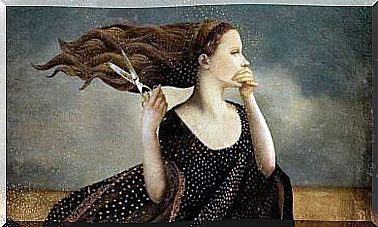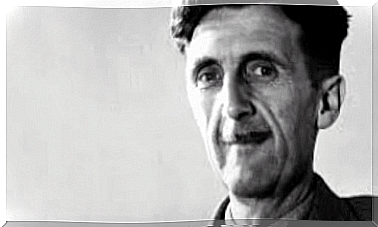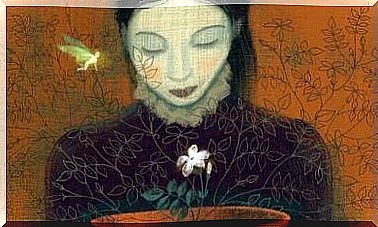Géza Róheim: Psychoanalysis And Anthropology
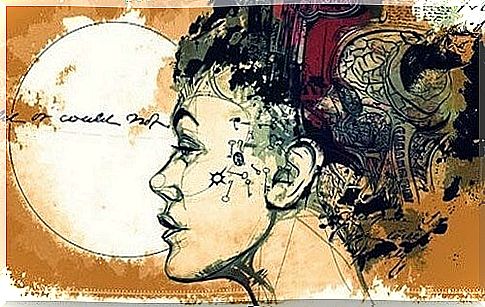
Géza Róheim’s name is not as well known as others in the world of psychoanalysis; yet, he is one of the most brilliant exponents of this current. In fact, Sigmund Freud himself said that this researcher had succeeded, along with a few others, in expanding the frontiers of psychoanalysis and culture far beyond what was hypothesized in the great work Totem and Taboo .
Géza Róheim is considered the father of psychoanalytic anthropology. In addition, he is admired for leaving authoritative data in his field, work he did in ancestral communities in Australia and North America. This same authority is what over time has given it a prominent place in the history of psychoanalysis.
Géza Róheim’s main work bears the title of Psychoanalysis and Anthropology . In it the author succeeds in applying Freudian principles to the understanding of culture, which many of his contemporaries considered wrong. But the solidity of Róheim’s hypotheses has managed, over time, to dispel any doubts.
The origins of Géza Róheim
Géza Róheim was born in Budapest (Hungary) in September 1891. Unlike many other psychoanalysis pioneers, Róheim had a very happy childhood. He was the only child of a Jewish merchant family who gave him love and attention. His grandfather was crazy for him and passed on to him the passion for myths and popular legends.
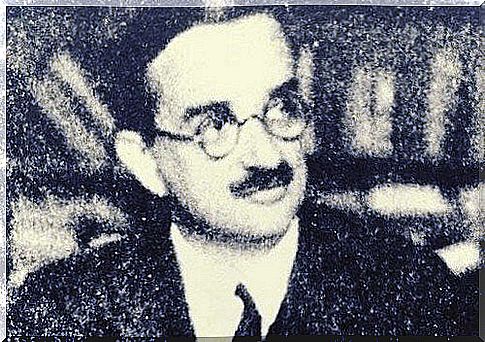
When Géza Róheim was just 8 years old, she began reading The Last of the Mohicans, by James Fenimore Cooper . This approach to primitive cultures fascinated him from the very first moment. From that moment he began to read everything on the subject, and soon became an expert on it.
Róheim was a cheerful and dynamic person who divided his time between books on mythology and ethnography and his passion for good food and sport. In 1914 he graduated in geography. Later he deepened his studies in Leipzig and Berlin. It was there, for the first time, that he came into contact with psychoanalysis, through the work of Otto Rank.
A new dimension
Géza Róheim claimed that the discovery of Freud’s work had been absolutely revealing to him. He perceived all his knowledge as separate and scattered pieces. Psychoanalysis was for him that theoretical structure capable of giving order and meaning to many of his observations and knowledge.
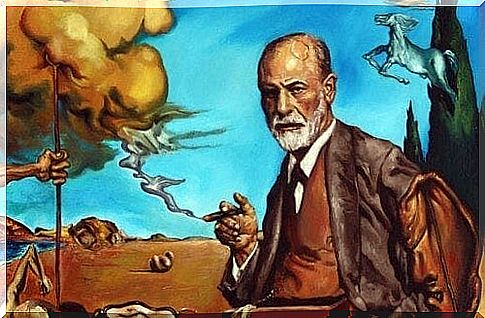
Róheim underwent psychoanalysis, first with Sandor Ferenczi and then with Wilma Kovacks. At first, he was very much influenced by the work of Melanie Klein. However, he later delved into Freud’s work and modified some of his concepts by getting closer to classical psychoanalysis. He personally met Freud in 1918.
From that moment, Róheim’s work began to focus on a psychoanalytic interpretation of cultural and social phenomena. His was not an analytical and theoretical work, but supported by coexistence with ancestral communities, giving birth to a work of deep empathy and affection.
The work of Géza Róheim
Géza Róheim published several works of great value, such as the aforementioned Psychoanalysis and Anthropology , The Enigma of the Sphinx , Magic and Schizophrenia and The Doors of the Dream . His work was initially written in Hungarian, and was later translated into English and French. Only a small part of his works is available in Italian.

Róheim hypothesized that the myths and legends of ancestral peoples had a structure similar to that of each individual’s dreams. Even those cultural productions, therefore, could be analyzed as if they were dreams. At the same time, he reported several proofs that the Oedipus complex, theorized by Freud, was universal. In other words, it is present in every age and culture.
He was one of the great opponents of famous anthropologists such as Bronislaw Malinowski and Margaret Mead. It questioned their interest in the specificities of each culture, leading them to believe that there were marked differences between one culture and another.
According to Róheim, the reality was exactly the opposite: the universal elements clearly outweighed the circumstantial particularities. Géza Róheim died in the United States in 1953, two months after his wife, whom he loved unconditionally, died.


